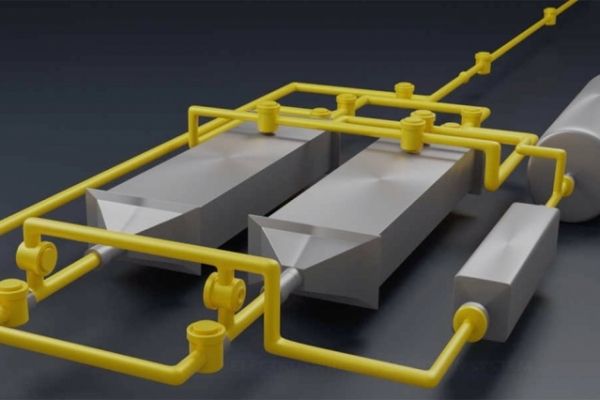A new way of removing carbon dioxide from a stream of air could provide a significant tool in the battle against climate change. The new system can work on the gas at virtually any concentration level, even down to the roughly 400 parts per million currently found in the atmosphere.
Most methods of removing carbon dioxide from a stream of gas require higher concentrations, such as those found in the flue emissions from fossil fuel-based power plants. A few variations have been developed that can work with the low concentrations found in air, but the new method is significantly less energy-intensive and expensive, the researchers say.
The technique, based on passing air through a stack of charged electrochemical plates, is described in a new paper in the journal Energy and Environmental Science, by MIT postdoc Sahag Voskian, who developed the work during his PhD, and T. Alan Hatton, the Ralph Landau Professor of Chemical Engineering.
Read more at Massachusetts Institute of Technology
Image: In this diagram of the new system, air entering from top right passes to one of two chambers (the gray rectangular structures) containing battery electrodes that attract the carbon dioxide. Then the airflow is switched to the other chamber, while the accumulated carbon dioxide in the first chamber is flushed into a separate storage tank (at right). These alternating flows allow for continuous operation of the two-step process. Image courtesy of the researchers


